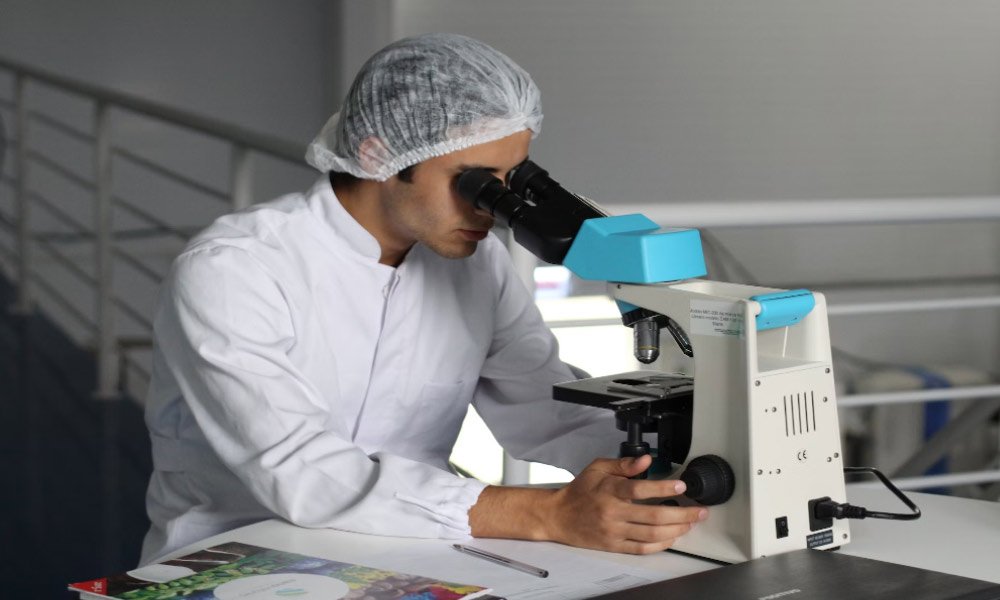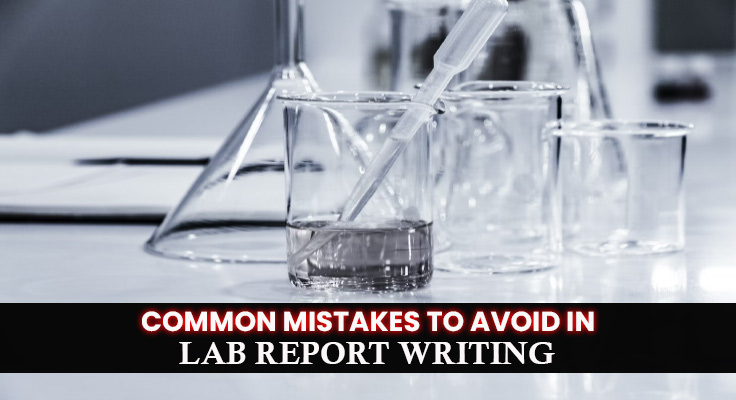Writing a lab report is an essential skill for students in scientific education. It documents the process and findings of experiments and hones critical scientific communication skills. This comprehensive guide delves into the intricacies of lab report writing. This article points out common student mistakes and gives practical tips on how to write a lab report. With these tips, you can avoid mistakes. You’ll gain valuable insights from the article if you’re new to lab reports or want to improve. With these tips from EduBirdie in Canada, you can avoid common mistakes and gain valuable insights, whether you’re new to lab reports or seeking to improve.
What Is a Lab Report?
A lab report summarizes a scientific experiment or investigation. Students become tired after long work in the laboratory, and writing a report takes time and requires a lot of energy. In such situations, a paper writing service can help. Here you can buy essays or high-quality report, and students will not waste time on it. Then, after analyzing the finished report, students will be able to get a thorough understanding of what they did and get a good score from the professor. The review typically contains the following sections:
- Title
- Introduction
- Materials and Methods
- Results
- Discussion
- Conclusion
- References
According to a study published in the Journal of Chemical Education, students in introductory chemistry courses wrote an average of 2.9 lab reports per semester. So, understanding how the review should look is important.
Improper Formatting: Ensuring Clarity and Precision
One of the most prevalent errors in lab report writing is improper formatting. In science, precision matters. This extends to the presentation of your findings. The lab report format not only enhances the readability of your review but also ensures that each section serves a distinct purpose.
Proper formatting facilitates effective communication, allowing readers to navigate your review. A well-structured review aids in conveying your experiment’s progression, findings, and implications.
Inadequate Presentation of Data: Visualizing Your Findings
A lab review’s effectiveness lies in its ability to present data. Often, college students overlook the importance of visual aids such as graphs, tables, and charts. These elements make the data more understandable and prove trends and patterns. When incorporating visuals, ensure proper labeling, units, and explanations. That allows your audience to grasp the significance of your results at a glance.
Visual representation enhances your review’s visual appeal. It makes it easier for readers to engage with your findings. Tables and graphs condense complex information. It makes it easier to understand the results of your experiment. By utilizing visuals, you not only elevate the professionalism of your review but also enhance its impact.

Lack of Clarity in Method: Detailing the Experiment
One of the foundational aspects of a lab review is the method section. But, students often err by providing vague or incomplete descriptions of their experiments. To avoid this pitfall, offer a step-by-step account of the procedures undertaken. Including equipment used, variables controlled, and methods employed. Clarity not only enables reproducibility but also demonstrates your scientific rigor.
The precise method ensures the transparency and reliability of your experiment. You allow fellow researchers to replicate your work by detailing the procedures undertaken and fostering credibility within the scientific community. A well-documented method reinforces the scientific method’s essence – accurate and replicable experimentation.
Neglecting the Power of Concise Language: Precision in Communication
Precision in language is crucial when writing a review. Some students resort to verbosity, assuming it enhances their work’s credibility. But, concise language is the hallmark of effective scientific communication. Each word should serve a purpose, conveying information. Avoid excessive adjectives and adverbs, favoring clear, factual descriptions. That contributes to the report’s credibility.
Concise language demonstrates your grasp of the subject. They are enhancing the report’s readability and impact. A review devoid of unnecessary jargon respects the reader’s time and attention. They are making it easier for them to extract crucial information. Embrace the art of succinct expression, and your lab reviews will command attention and respect.
Lab Report Conclusion
Creating a good lab review requires attention to detail. It also needs careful organization and the following of scientific rules. To get better, avoid common errors and use the tips. Good lab reports require proper formatting, showing data visually, and clear methods and language. Novice or expert, these tips will help you share your findings clearly and accurately.
Final Thoughts
Writing a report is a responsible process that can take a lot of time. There are special services that can simplify. When you write a paper, you must understand its main purpose and what you want to convey to the teacher. This is the only way you can get good marks.








